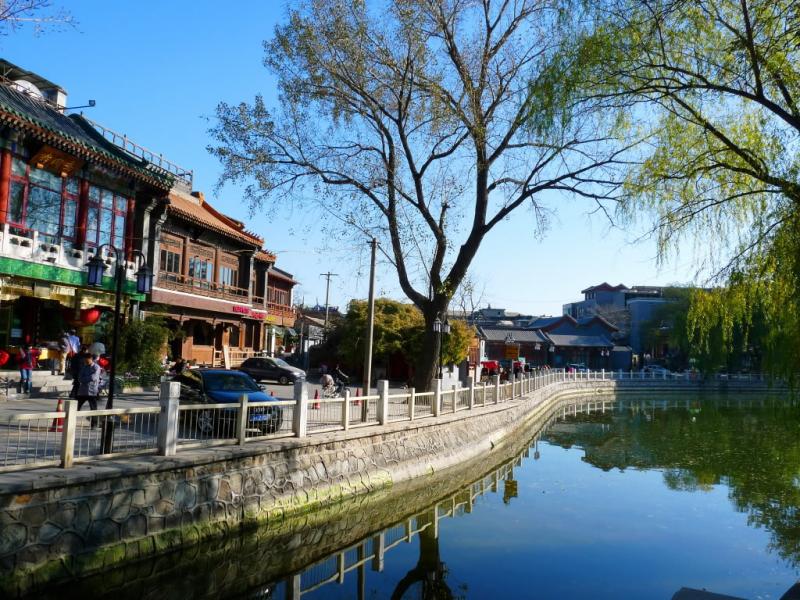
Beijing Hutongs; History and Lifestyle
Only a few kilometers from the Tiananmen Square in Central Beijing, time seems to have stood still. In the narrow gray alleyways of Beijing's Hutongs (traditional neighborhoods) people still live like they did centuries ago.
Hutongs are one of Beijing's quintessential, yet rapidly disappearing ways of life. According to linguistic experts, hutong originally meant "water well" in Mongolian. Where there was a spring or well, there were residents. After it was first introduced to Beijing in the Yuan Dynasty (1271-1368 AD), Hutong means street, lane and alley, and is in fact the passage formed by lines of siheyuan (a compound with buildings surrounding a courtyard) where most Beijing residents live. One hutong connects with another, and siheyuan connects with siheyuan, to form a block, and blocks join with blocks to form the whole city. Most of the remaining hutongs were formed in the Ming (1368-1644) and Qing (1644-1911) Dynasties, but some dating back to the Yuan Dynasty (1279-1368 AD) can still be found.
Hutong, Beijing. An old lady is seen doing needlework on the steps in front of her house. Hutongs were occupied by court officials and noble families in ancient times. Now they have become the residential areas of the common people. Most hutongs are lined by quadrangles, inward-facing, one-level family units centered on a shaded, secluded courtyard. The hutongs carries a unique lifestyle in the bustling city of Beijing. The hutongs are filled with clotheslines, bicycles and all manner of daily life. There are simple workshops that repair bicycles, cigarette shops, and old-fashioned stores selling household items. People, especially the elderly enjoy living in hutongs. Life is placid, rich and real. The neighborhoods are safe and friendly. When touring the hutongs, you can find old people sitting in their courtyards chatting with their neighbors, playing Chinese chess under ancient trees, and watching their birds. They like the old houses and lifestyle of the hutongs. They like to hear the voices of the traveling peddlers in the narrow alleyways, and they like roaming the quiet hutongs in the morning and watching children playing happily on the steps in front of the houses. They are happy people who enjoy life to its fullest. During holidays and festivals, they decorate the doors and windows with paper-cuts, red couplets, and red lanterns. It has been a tradition for centuries and a part of daily life.
In Beijing's Hutongs, life has remained little changed for the last 700 years. Large sections of the hutongs were bulldozed in the 1980s to make room for multi-story apartment blocks. Some residents were happy to leave the communal washrooms and dilapidated houses, for some residents, whose families have lived there for generations, leaving their homes filled with memories stirs deep emotions. Beijing's Hutongs have more to do with spirit than structure. The government has started to realize that they are part of the city's cultural heritage, and it is not smart to destroy them all and replace them with high rise apartments and shopping malls. The Beijing government has issued plans to preserve the remaining old neighborhoods. Now many of these neighborhoods are protected and are being renovated. Living conditions have been improved, and it can be assumed that the Hutongs and their lifestyles will remain a part of Beijing for generations to come.
A day tour through hutongs will give you an insight into Beijing's local life. Take up your cameras and begin to shoot Beijing's living cultural heritage.
Multi-destination tour including Beijing Hutongs
Share this article:



















